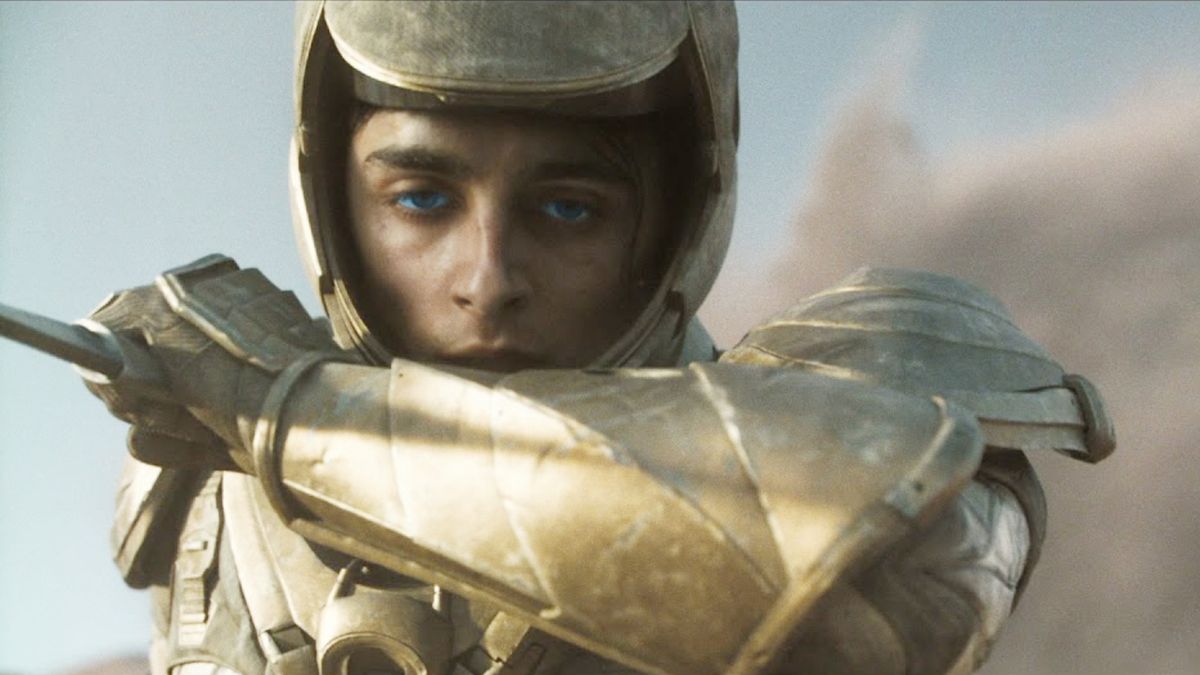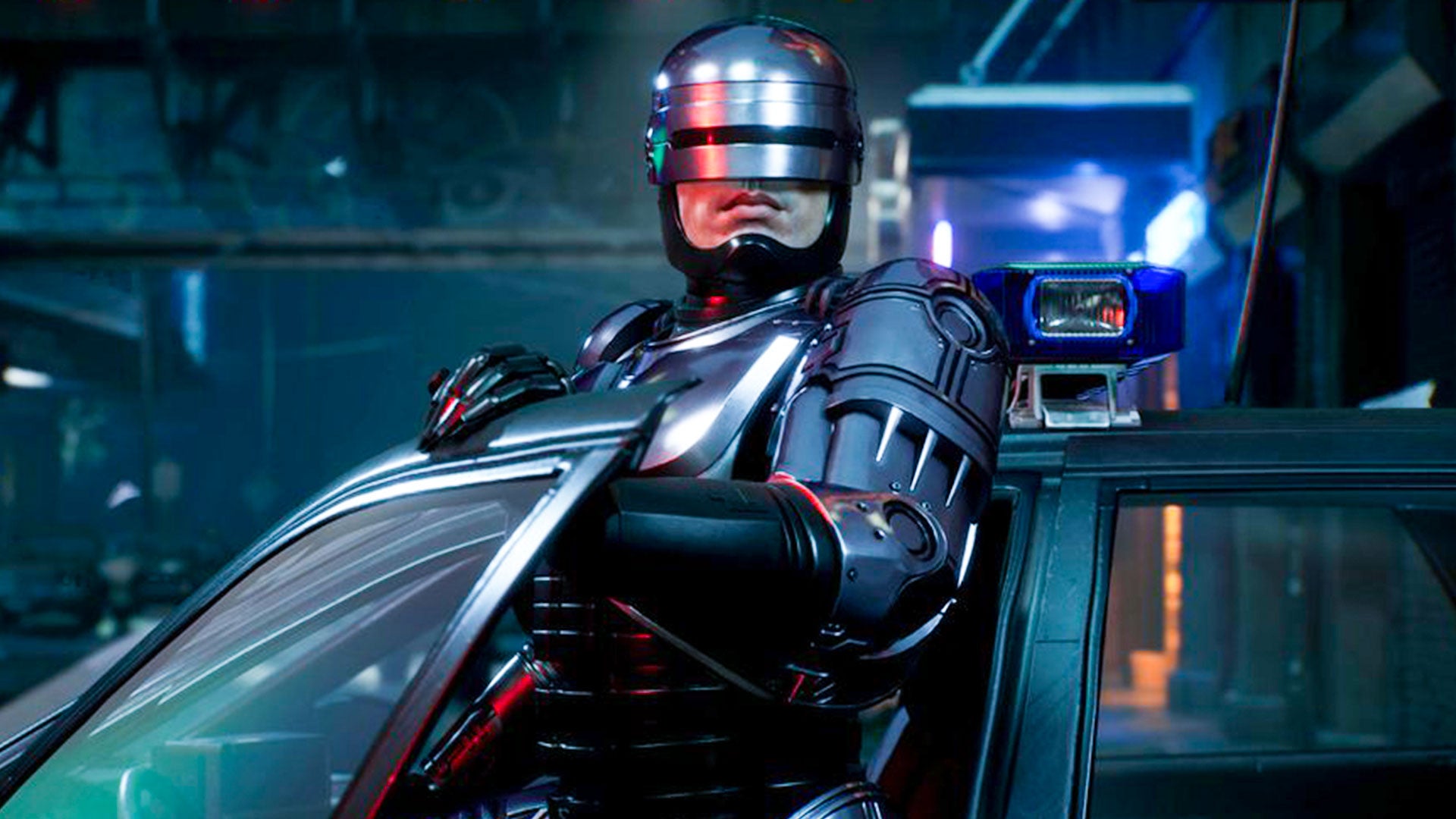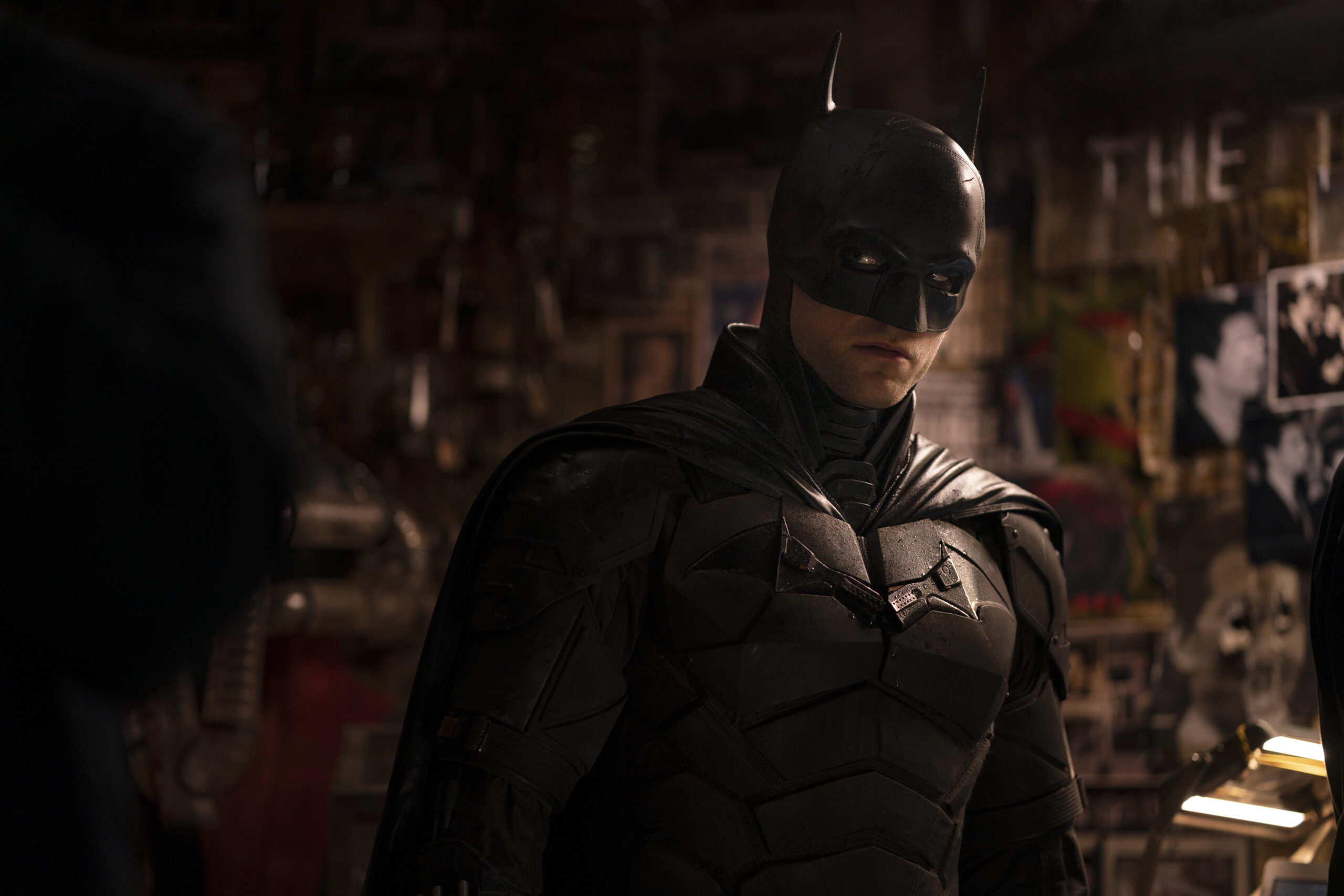In the sprawling deserts of Arrakis, Denis Villeneuve’s 2021 epic ‘Dune’ unfolds, a tale as vast and complex as the sands themselves. But amidst the political intrigue and the prophetic journeys, it’s the ballet of battle scenes that captures our imagination with a raw ferocity. In ‘Dune,’ combat is not merely a clash of forces; it is a choreography of chaos, a dance of carefully orchestrated pandemonium that communicates the very essence of the story’s heart.
The battle scenes in ‘Dune’ are a symphony of narrative elements, each movement meticulously planned and purposeful. Take, for instance, the fall of House Atreides. It isn’t just a set piece; it’s a storytelling pivot, a crescendo of betrayal and loss. Villeneuve crafts these scenes with a restraint that is almost paradoxical to the violence they depict. There’s a sense of grandeur, certainly, but it’s tempered by a sense of intimacy with the characters caught in the fray.
Each frame of the conflict is a tapestry woven with threads of emotion and character development. Paul Atreides, played with brooding intensity by Timothée Chalamet, is not just a participant in these battles. He is an observer, learning the harsh realities of the universe he is destined to navigate. His evolution from a young man burdened by legacy to a leader forged in the crucible of war is mirrored in the choreography of each skirmish.
Sound, or the strategic lack thereof, plays a pivotal role in these battle scenes. Villeneuve uses silence as a weapon, punctuating the chaos with moments of eerie stillness that heighten the tension. The hum of the ornithopters, the whispers of the sand, and the shouts of warriors are all part of the dance. Hans Zimmer’s score, with its haunting melodies and thundering percussion, underscores the visual feast, guiding the audience through the emotional landscape of the battles.
The cinematography in ‘Dune’ is a character in its own right. Greig Fraser’s lens captures the vastness of the landscapes and the intimacy of personal struggle with equal prowess. The camera moves are deliberate, every pan, tilt, or tracking shot is a calculated step in this dance of chaos. The use of wide shots juxtaposed with tight, personal moments creates a rhythm that is both exhilarating and exhausting. We’re allowed to see the scope of the conflict, but also to look into the eyes of those who fight, live, and die by the sword.
The choreography extends beyond the physicality of the battles. It’s in the way Villeneuve balances the political with the personal, the spiritual with the visceral. Each house, each faction, dances to the beat of their ambitions, and it’s in these movements that we find the true meaning of the chaos. The battles in ‘Dune’ are not just about territory or power; they are about survival, legacy, and the human condition.
In essence, ‘Dune’ is not just a film about the future; it’s a reflection on the nature of power and the cost of war. The battle scenes, with their chaos so beautifully choreographed, serve as a microcosm of the film’s larger themes. They are a visual and auditory representation of the struggle between human will and the often unforgiving flow of destiny.
Villeneuve’s ‘Dune’ teaches us that in the heart of chaos lies a strange order, a pattern that speaks to the duality of human existence. It is here, in the dust and blood of Arrakis, that we see the dance of civilizations, the rhythm of rise and fall and the poetry of conflict. It is a dance that is both destructive and transformative, tearing down the old to make way for the new.


